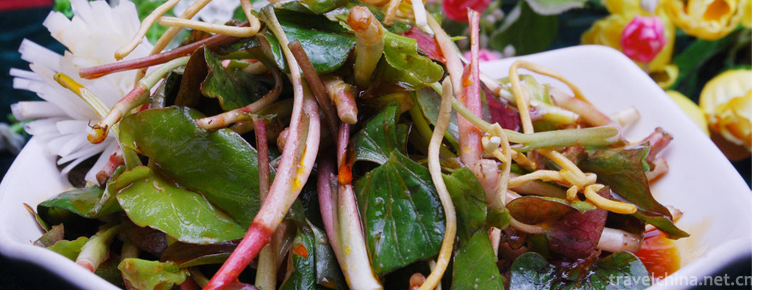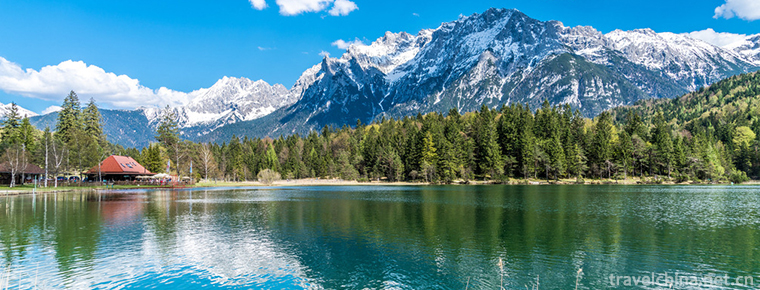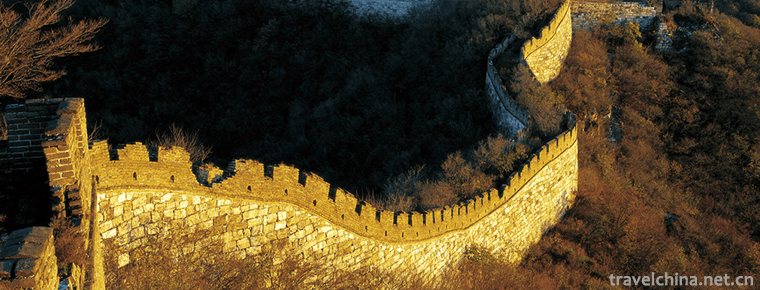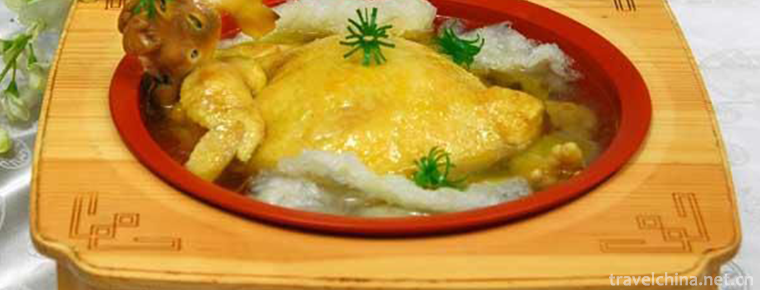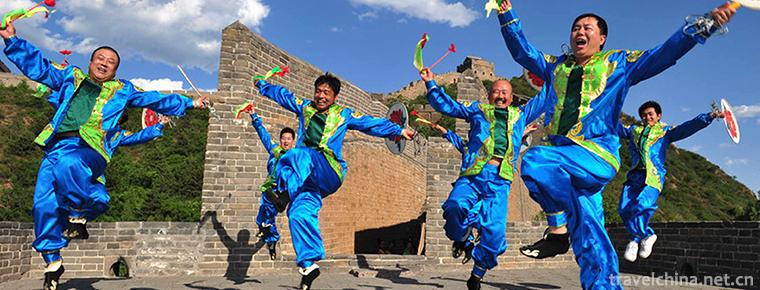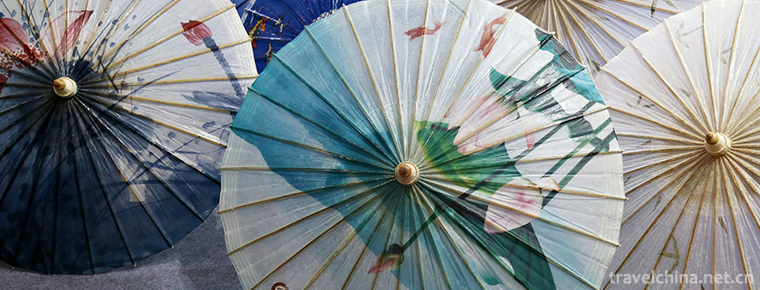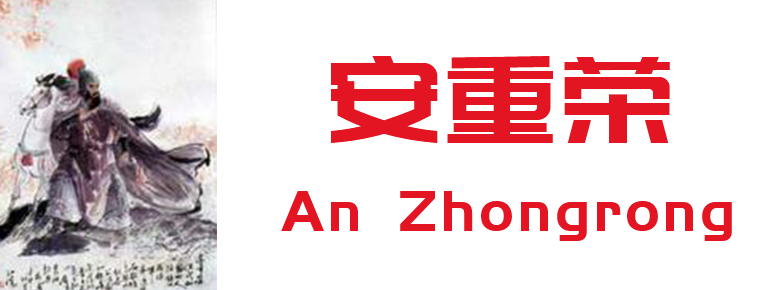Panzhihua in the Sui Dynasty to Yuan Dynasty
Panzhihua in the Sui Dynasty to Yuan Dynasty
At the beginning of Sui Dynasty, Yanzhou was still set up, which was renamed Xining Prefecture and Guazhou Prefecture, and became Yueyi county again. The five counties of Yanzhou established by the Northern Zhou Dynasty were abolished, and the other five counties were subordinate counties of Yueyi county. Daping and the middle of Jiangbei are still under the control of Dingzuo Town, Hexi is kequan County, Hedong and Jiangbei East are newly established Huichuan county. The western part of Jiangbei and Jiangnan were still controlled by the Cuan family.
Tang Dynasty vigorously managed the southwest, changed Yue county to Yi state, set the governor's office, and then changed the state to county, still the governor's office. Yueyi county has nine counties in total. Hexi county is located in Xilu County, Hedong county is under the jurisdiction of Huichuan county. The eastern part of Jiangbei is subordinate to Heji county. Daping, middle and west of Jiangbei County were changed to Changming County after they were once Laozhou, songwai and Xunsheng counties. The Tang Dynasty, based on Yuehe, used both political appeasement and military expedition to restore ningzhou, which was renamed Langzhou and Rongzhou. Yao Prefecture was set up in nongdongchuan, and the governor's office was set up. The city is located in the south of the Yangtze River. At first, it is under the jurisdiction of dragonfly County in Xipu Prefecture, and then it is the territory of ten counties in Xili (Wei) Prefecture, and transferred to Yaozhou.
In the ninth year of Tianbao of Tang Dynasty (750 A.D.), the local separatist regime of Nanzhao occupied Yaozhou. From the second year of Zhide to the first year of Qianyuan (757-758), Yao Zhou was occupied by Nanzhao local separatist regime, and then it was ruled by gazhou. Today, it was Miyi. At that time, it was named Nuoyi and was subordinate to Qingning County, the governor's office of Huichuan. Yanbian county has songwaicheng, which is the jurisdiction of Jianchuan Jiedu Xiangcheng County. The western part of Jiangbei is the territory of Jianchuan Prefecture. Jiangnan area is controlled by nongdong. After that, the local separatist regimes of dachanghe, datianxing (Xingyuan) and dayining, which were ruled by Nanzhao, basically followed this kind of establishment.
In 937, in the second year of Tianfu in the later Jin Dynasty, Duan Siping destroyed dayining and established Dali state. The Hexi area was the territory of Bacui and Luolan, which was subordinate to Jianchang Prefecture. Hedong and Jiangbei are jiangbu activity areas, belonging to Huichuan Prefecture. Daping and Jiangbei Midwest, such as the Treasury, is Shanju county.
In the Song Dynasty, the Mongol Khanate (the predecessor of the Yuan Dynasty) destroyed the Duan's regime in Dali and occupied Panxi in the fourth year of Xianzong of the Yuan Dynasty (the second year of Baoyou in the Southern Song Dynasty, 1254).
After the founding of the Yuan Dynasty, the Xuanwei Department of Luoluo and the Marshal's office of Du were set up here. They led the way, prefecture (prefecture) and county, and were subordinate to xingzhongshu province of Yunnan Province. Hexi city is located in Dingchang Road (after Dechang Road) Puji state, Weilong state. Hedong is under the jurisdiction of Wu'an Prefecture on Huichuan road. The eastern part of Jiangbei belongs to Lixi Prefecture. Jiangbei middle and dapingdi, belonging to run salt county of Baixing Prefecture. Jiangbei West, under Lijiang road military and civilian Propaganda Department Beisheng house. South of the Yangtze River is Dayao County area of Yao state of Dali Road, which belongs to Xuanfu department and Du Marshal's house.

Panzhihua in the Sui Dynasty to Yuan Dynasty
-
Houttuynia cordata Thunbherba houttuyniae
Houttuynia cordata Thunb. is a kind of herbal medicine collected in the Chinese Pharmacopoeia
Views: 280 Time 2018-10-12 -
Changbai Mountains
Changbai Mountains are the birthplace of the Yalu River, Songhua River and Tumen river. It is the birthplace of Chinese Manchu and the sacred mountain of Manchu culture
Views: 236 Time 2018-10-30 -
Jiankou Great Wall
The Great Wall is located in Badaohe Township, northwest of Huairou District, Beijing suburb. It is 1141 meters above sea level and about 30 kilometers away from Huairou County.
Views: 253 Time 2019-01-21 -
Eight treasures whole chicken
It's a delicious dish with the characteristics of beige color, delicious taste and delicacy. The main raw materials used are 1 bamboo shoot hen (about 1.75 kg), 100 grams of Jiangmi, 25 grams of dates
Views: 464 Time 2019-03-26 -
Taiping Drum in West Beijing
Taiping Drum, a folk dance in Mentougou District of Beijing, is one of the national intangible cultural heritage.
Views: 135 Time 2019-05-07 -
Mongolian Topshore Music
Topshore is a unique short-necked woody plucked string instrument of Mongolian nationality in Xinjiang. It is beautiful in shape, simple in manufacture, graceful in timbre and easy to carry. It is esp
Views: 339 Time 2019-06-04 -
Umbrella Making Skills
Oil-paper umbrella is one of the traditional handicraft products in China. As a kind of paper or cloth umbrella originating in China, it has also spread to various parts of Asia, such as Korea, Vietna
Views: 234 Time 2019-06-12 -
Wenzhou Drum Ci
Wenzhou Drum Ci, also known as "Quci" or "Blind Ci", commonly known as "Singing Ci", is the largest type of opera in southern Zhejiang Province, and also one of the main
Views: 212 Time 2019-06-28 -
An Zhongrong
An Zhongrong (- 942 years), Zi tie Hu, Shuozhou (now Shuozhou, Shanxi). The generals of the Five Dynasties and Ten Kingdoms during the late Tang Dynasty and the Late Jin Dynasty.
Views: 289 Time 2019-09-11 -
Zigong Salt History Museum
Zigong Salt History Museum is located in the center of Zigong, Sichuan Province. It was built in 1959. It is one of the earliest professional museums in the history of Chinese museum development. It is still the only Museum of salt history in China. On May 18, 2017, it was promoted to the third batch of national first-class museums.
Views: 180 Time 2020-10-15 -
Yinghua mountain
Yinghua mountain is located 37 kilometers northwest of Shifang City, Deyang City, Sichuan Province, 98 kilometers away from Chengdu. In 1986, it was designated as the first batch of provincial-level scenic spots, with a landscape area of 106 square kilometers.
Views: 204 Time 2020-11-05 -
Neijiangs first industry
In 2019, the sown area of grain crops in Neijiang is 309600 ha, an increase of 0.3% over the previous year; the sown area of oil crops is 79900 ha, an increase of 0.4%; and the sown area of vegetables is 78100 ha, an increase of 2.3%. The total grain output
Views: 316 Time 2020-12-16
